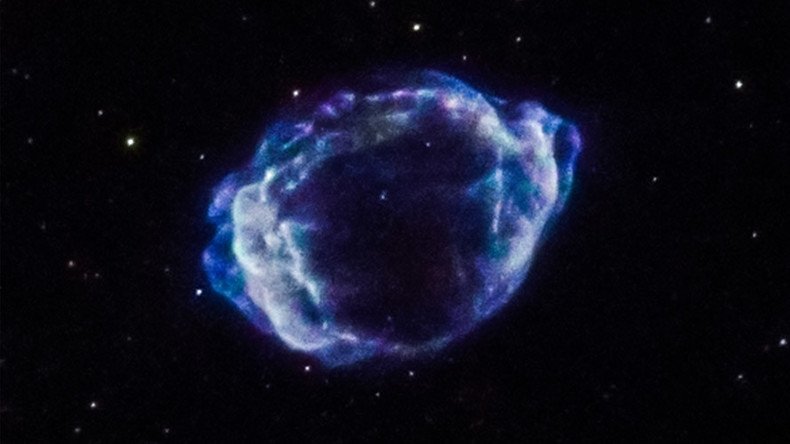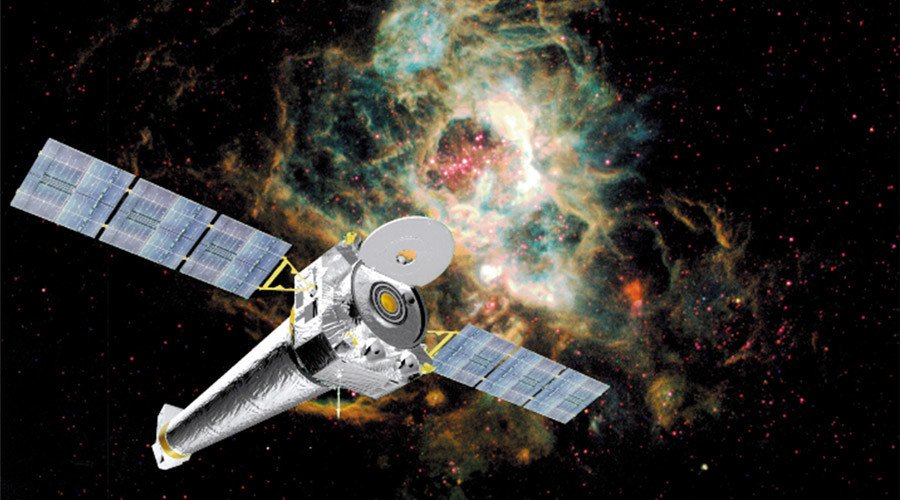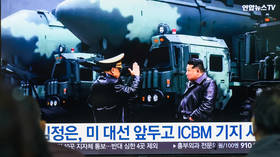'Trigger' of Milky Way's latest supernova identified as collision of dying stars

The most recent disturbance in our galaxy appears to have been caused by two dying white dwarf stars crashing into each other, say US scientists.
Data gathered from NASA’s Chandra X-ray space telescope and giant radio dishes at the Karl G Jansky VLA in New Mexico point to a collision of collapsing sun-like masses of energy triggering a ‘supernova’ - a massive star explosion.
Light from the remnants of the Milky Way’s youngest supernova, awkwardly named G1.9+0.3, had until recently been hidden by an area of space dust and gas. It was first tracked by astronomers in the 1980s.
It has since been the subject of the Chandra deep space observatory - the most powerful telescope ever built.

It’s estimated the explosion happened 110 years ago, replacing the supernova remnant Cassiopeia A as the most recent stellar explosion.
“We observed that the X-ray and radio brightness increased with time, so the data point strongly to a collision between two white dwarfs as being the trigger for the supernova explosion,” said Francesca Childs, co-author of a recent Harvard study of star explosions.
Scientists are also exploring whether the Type la supernova might also have been caused by the degenerating white dwarf stars pulling too much material from a nearby companion star.
Il radiotelescopio Karl G. Jansky Very Large Array (VLA) in New Mexico (USA). pic.twitter.com/pPNukbJGKD
— astro_Alessandro (@92drago1) March 18, 2016
According to Harvard’s Alicia Soderberg, since the light given off from Type la supernovas is measured to determine the expansion rate of the universe, it is important to understand how the phenomenon occurs.
Evidence published in the Astrophysical Journal suggests a merger of burned out stars, but experts propose further observations using the VLA radio telescopes to explore the second theory of “circumstellar interaction”.












